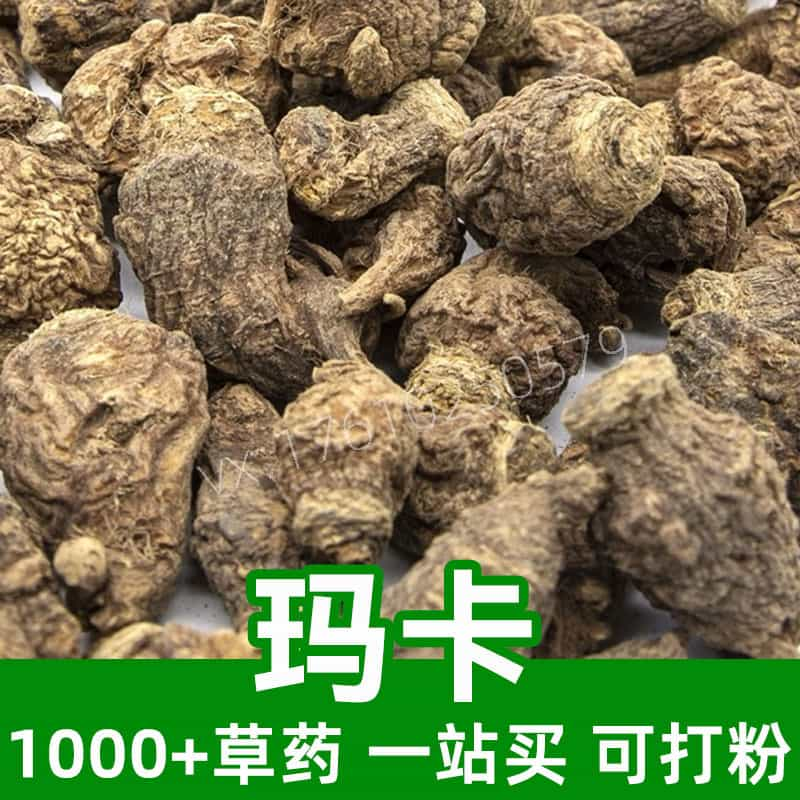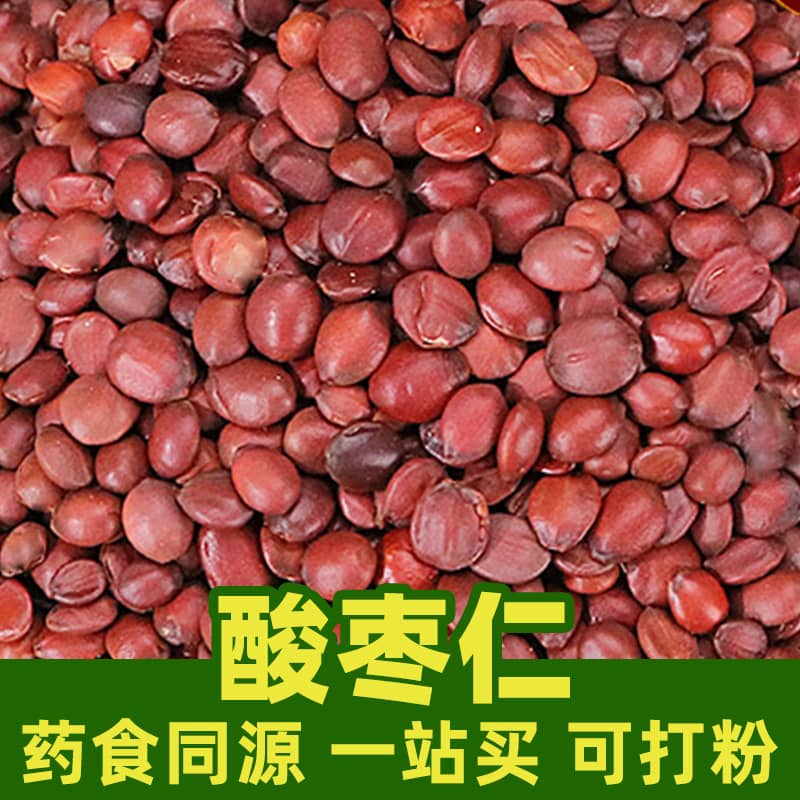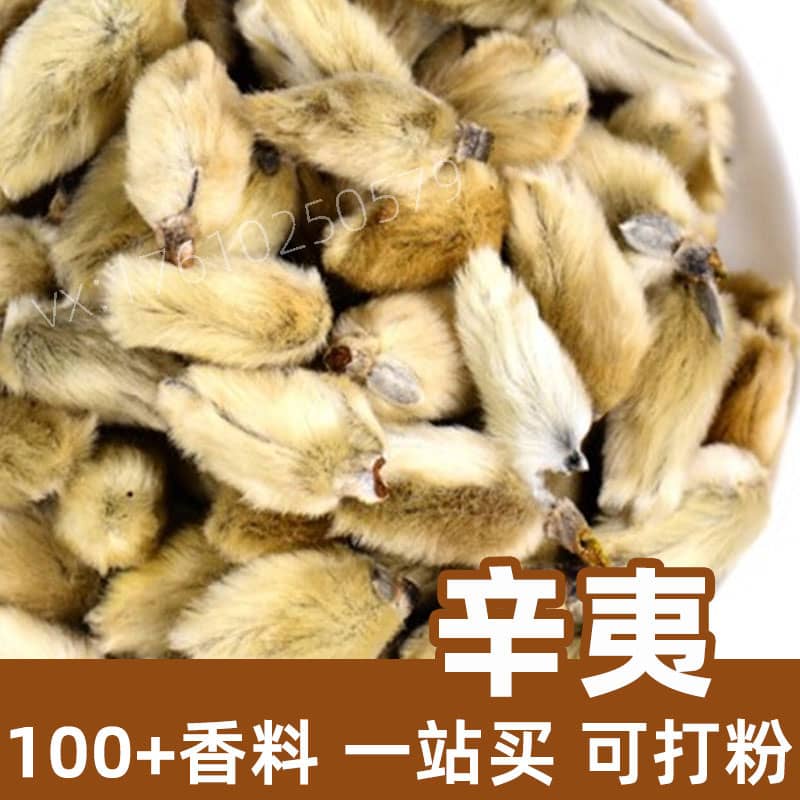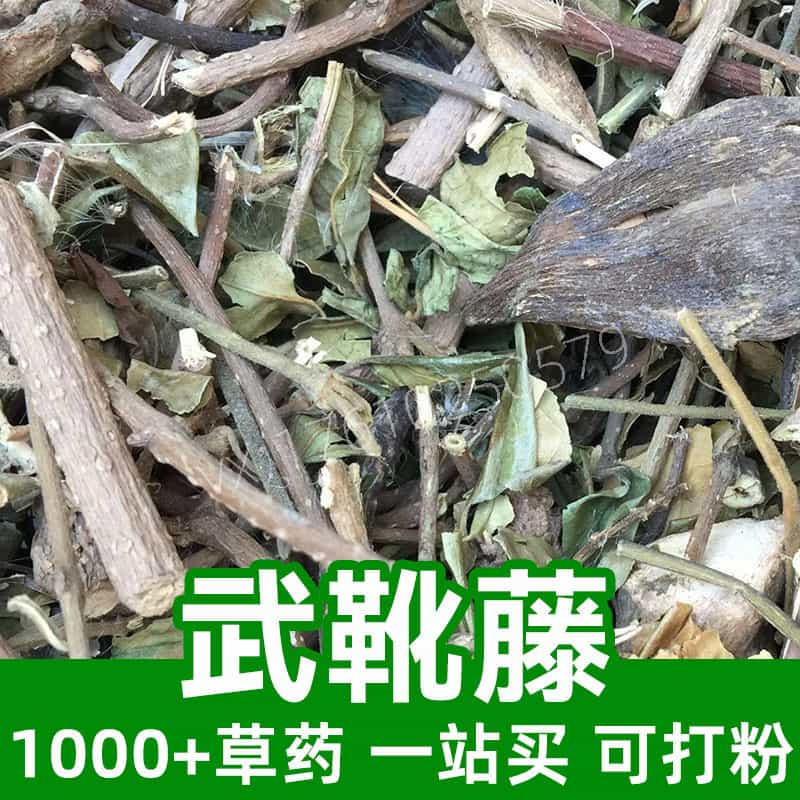Product Introduction
Myrrh is a popular incense, originating from Africa and India. It is a resin obtained from the myrrh tree and has a distinctive fragrance and medicinal properties.
Myrrh is widely used in religious ceremonies, perfumes, and herbal medicine due to its unique aroma and medicinal benefits.
Aromatic Chemical Composition
The fragrance of myrrh is primarily derived from its chemical components, most notably boswellic acid and sesquiterpenes. These components give myrrh its unique aroma and flavor.
Product Varieties
Myrrh primarily refers to the resin of the myrrh tree, but different varieties and tree ages can influence the color and aroma of the resin.
Product Usage Scenarios and Dosage
Myrrh has a wide range of applications in religious ceremonies, perfumes, and herbal medicine. Here are some common usage scenarios and dosages:
- Religious Ceremonies: Myrrh is widely used in religious rituals and incense burning. It holds significant symbolic meaning in many religions and is used in prayers, meditation, and purification rituals.
- Perfumery: Myrrh is used in perfume making and fragrance blending. Its unique aroma makes it a foundational component in many perfumes.
- Herbal Medicine: Myrrh has applications in herbal medicine. It is believed to have anti-inflammatory, sedative, and stimulating properties. Myrrh resin can be made into powders, oils, or ointments to treat inflammation, anxiety, and boost mood.
Product Source Plant Introduction, Distribution, and Growing Environment
Myrrh trees (Commiphora myrrha) are native to Africa and India, growing in arid and rocky regions. They are deciduous trees that can grow up to 10 meters tall.
Myrrh trees require a warm and dry climate and thrive in stony or sandy soils. In the wild, myrrh trees produce resin to protect themselves.
Harvesting, Processing, and Storage
Myrrh resin is obtained by making incisions in the trunk of the myrrh tree. When the tree is cut, the resin begins to ooze out and is then collected and processed.
To preserve the quality and shelf life of myrrh, it should be stored in a dry, cool environment, away from moisture. Dried myrrh resin can be stored for several years to decades.
Monica Sun is a seasoned expert in the natural raw materials industry, with over a decade of experience specializing in traditional Chinese medicinal herbs, spices, and fungi. She is skilled in the sourcing, processing, and application of these materials, emphasizing sustainability and innovation. Monica Sun has contributed to the development of high-quality natural raw materials that serve as essential components in functional foods, pharmaceuticals, and cosmetics, delivering tailored solutions to meet diverse market needs.
















